-
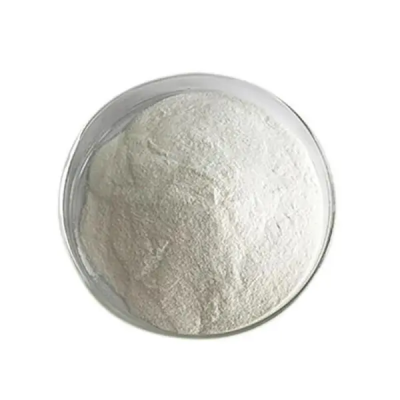
3-tert-butyl-6-(ethylthio)-1,3,5-triazine-2,4(1H,3H)-dioneCAS:1360105-53-8
3-tert-Butyl-6-(ethylthio)-1,3,5-triazine-2,4(1H,3H)-dione is a heterocyclic compound that features a triazine ring substituted with a tert-butyl group at the 3-position and an ethylthio group at the 6-position. The triazine ring, a six-membered aromatic ring with three nitrogen atoms, is known for its stability and chemical reactivity.
-
![3-CHLOROMETHYL-1-METHYL-1H-[1,2,4]TRIAZOLE CAS:135206-76-7](https://cdn.globalso.com/xindaobiotech/3J2X34TVMPYG9BHK7IO6313.png)
3-CHLOROMETHYL-1-METHYL-1H-[1,2,4]TRIAZOLE CAS:135206-76-7
3-Chloromethyl-1-methyl-1H-[1,2,4]triazole is a heterocyclic compound consisting of a 1,2,4-triazole ring substituted with a methyl group at the 1-position and a chloromethyl group at the 3-position. This molecule is an interesting derivative of the 1,2,4-triazole core, which is known for its planar, aromatic nature and its ability to participate in various chemical reactions.
-
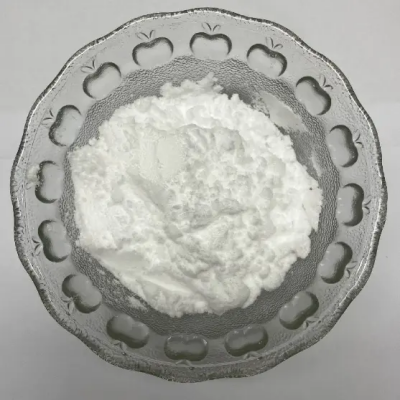
2,3,4,6-Tetrakis-O-trimethylsilyl-D-gluconolactone CAS:32384-65-9
2,3,4,6-Tetrakis-O-trimethylsilyl-D-gluconolactone is a highly functionalized derivative of D-gluconolactone, a cyclic ester derived from D-glucose. In this derivative, all four available hydroxyl groups on the gluconolactone skeleton have been protected with trimethylsilyl (TMS) groups. This protection strategy is commonly employed in organic synthesis to mask the reactivity of the hydroxyl groups, allowing for selective transformations to be performed on the remaining unprotected sites.
-
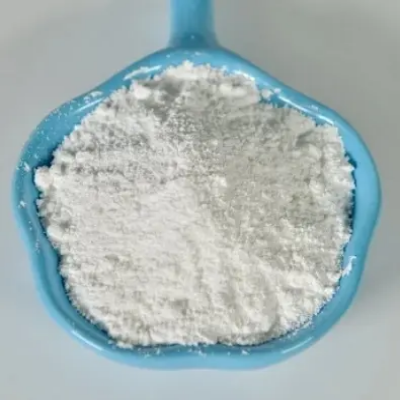
2-Chloro-5-iodobenzoic acid CAS:19094-56-5
2-Chloro-5-iodobenzoic acid is an organic compound with significant applications in medicinal chemistry and material science. Its structure consists of a benzene ring substituted with both chlorine and iodine atoms at the 2 and 5 positions, respectively, with a carboxylic acid functional group attached to the ring. This compound exhibits unique electronic properties due to the presence of these halogens, which influence its reactivity and stability.
-
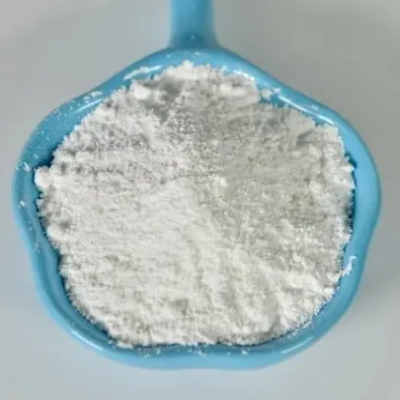
Iodoanthranilicacidmethylester CAS:77317-55-6
Iodoanthranilic acid methyl ester, an organic compound, serves as a crucial precursor in the synthesis of various pharmaceuticals, pesticides, and dyes. Its molecular structure features an iodo group attached to an anthranilic acid moiety, with a methyl ester group providing additional functionality. This compound’s reactivity is influenced by the presence of electron-withdrawing groups, which enhance its electrophilic nature, making it susceptible to nucleophilic substitution reactions.
-

(S)-(-)-N,N-Dimethyl-3-hydroxy-3-(2-thienyl)propanamine CAS:132335-44-5
(S)-(-)-N,N-Dimethyl-3-hydroxy-3-(2-thienyl)propanamine is a chiral compound with significant pharmacological importance. It belongs to the class of β-adrenergic receptor antagonists, commonly known as beta-blockers. This compound exhibits a unique structural arrangement with a thienyl group and a hydroxy-functionalized chiral center, imparting distinct biological activities. Beta-blockers like (S)-(-)-N,N-Dimethyl-3-hydroxy-3-(2-thienyl)propanamine are widely used in the management of cardiovascular diseases, including hypertension, angina, and arrhythmias, by blocking the effects of adrenaline on beta receptors in the heart and blood vessels. The chirality of this compound is crucial as the enantiomers may exhibit different pharmacological effects due to interactions with specific receptors in the body.
-
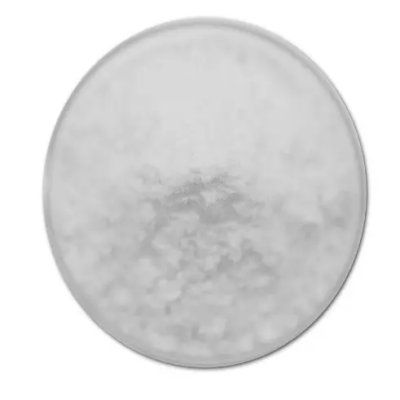
(S)-(+)-N,N-Dimethyl-3-Napthtoxy-(2-Thiophene) Propylamine Oxalate CAS:132335-47-8
(S)-(-)-N,N-Dimethyl-3-Naphthooxy-(2-Thiophene) Propylamine Oxalate is a unique chemical entity that holds significant importance in the field of organic chemistry. This compound features an intricate structure, comprising a naphthalene core substituted with a thiophene ring, coupled with an oxalate moiety. Its synthesis involves a series of meticulous steps, each requiring precise control over reaction conditions to ensure the desired product’s formation.
-
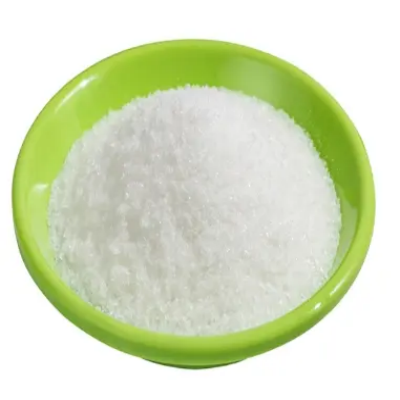
6-chloro-2-methyl-2H-indazol-5-amine CAS:1893125-36-4
6-Chloro-2-methyl-2H-indazol-5-amine is an aromatic heterocyclic compound that features an indazole core with substituents at the 2, 5, and 6 positions. The indazole ring itself is a fusion of a benzene ring and a pyrazole ring, which gives it unique electronic and chemical properties. The compound is particularly notable for its aromaticity and the presence of a chlorine and an amino group as substituents.
-
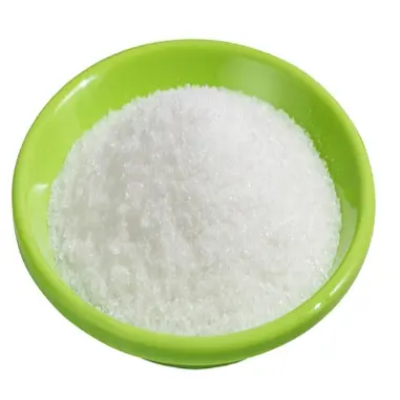
2,4,5-trifluorobenzyl bromide CAS:157911-56-3
2,4,5-Trifluorobenzyl bromide is a highly reactive organic compound that belongs to the category of aryl halides. Its molecular structure is characterized by a benzene ring substituted with three fluorine atoms at the 2, 4, and 5 positions, along with a bromine atom attached to the benzylic position. This substitution pattern leads to a molecule with enhanced electrophilic character, making it a valuable reagent in organic synthesis.
-
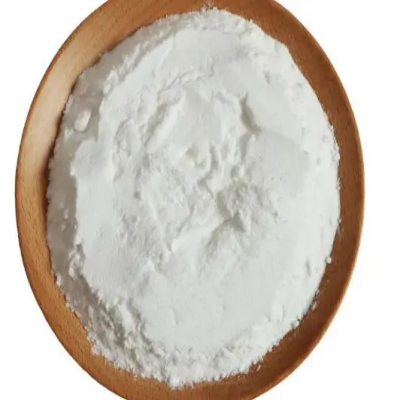
(2-Chloro-5-iodophenyl)(4-fluorophenyl)methanone CAS:915095-86-2
The compound (2-chloro-5-iodophenyl)(4-fluorophenyl)methanone stands out as a pivotal intermediate in the realm of organic chemistry, boasting a distinctive structure characterized by the fusion of a benzene ring with two substituents of contrasting electronic properties: a 2-chloro-5-iodo group and a 4-fluorophenyl moiety. This unique arrangement endows the molecule with a rich array of chemical reactivity, making it a sought-after candidate for various applications within the fields of medicine and material science.
-
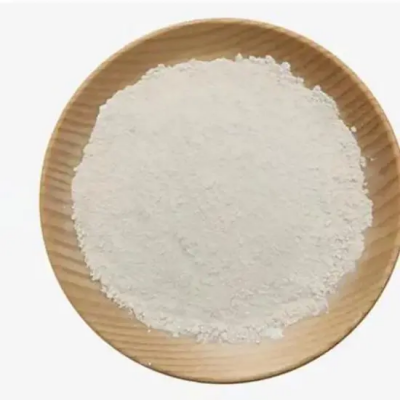
(S)-(2-Chloro-5-iodophenyl)(4-(tetrahydrofuran-3-yloxy)phenyl)methanone CAS:915095-87-3
The (S)-(2-chloro-5-iodophenyl)(4-(tetrahydrofuran-3-yloxy)phenyl)methanone is a sophisticated organic molecule that embodies multiple functional groups, contributing to its complex chemistry and diverse applications. Its core structure comprises a benzene ring adorned with two substituents: a 2-chloro-5-iodo group and a 4-(tetrahydrofuran-3-yloxy)phenyl moiety. This arrangement results in a compound with a balanced combination of electron-donating and withdrawing groups, which significantly influences its chemical behavior.
-
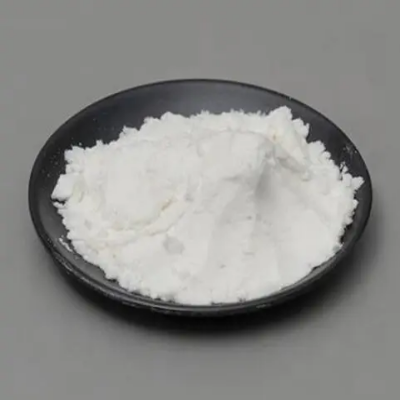
1-(3,5-Dichlorophenyl)-2,2,2-trifluoroethanone CAS:130336-16-2
1-(3,5-Dichlorophenyl)-2,2,2-trifluoroethanone is an organochlorine compound featuring a trifluoromethyl group attached to an ethanone backbone. The presence of the trifluoromethyl group imparts unique properties to the molecule, such as increased lipophilicity and a high degree of electronegativity, which can significantly affect its reactivity and stability.

